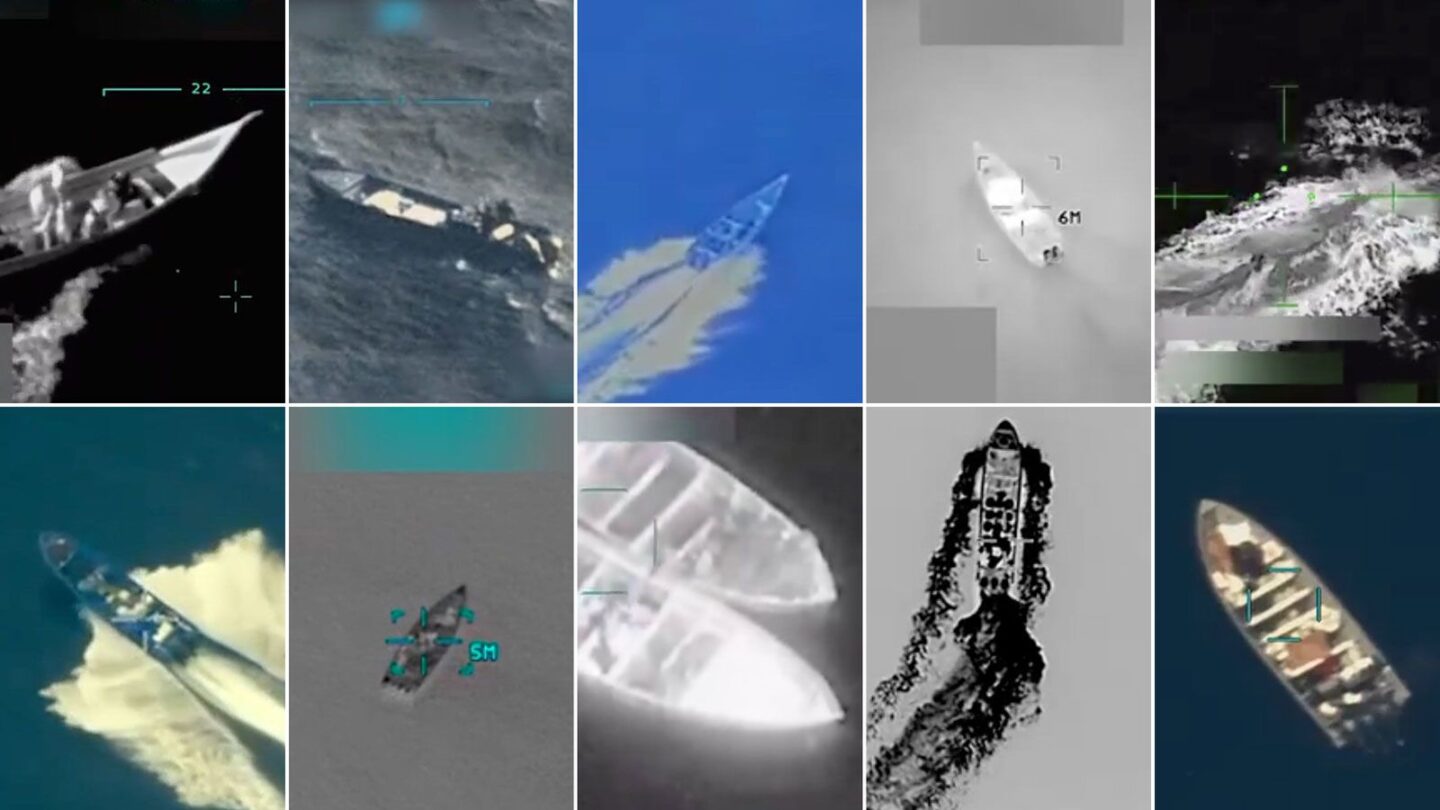A timeline of US strikes on boats that have killed 104

By Michael Rios, Avery Schmitz, Matt Stiles, CNN
(CNN) — The US military has killed 104 people in strikes that have destroyed 29 boats as part of a campaign that Washington says is aimed at curtailing the flow of drugs into the United States. There had been three survivors of those strikes, two of whom were briefly detained by the US Navy before being returned to their home countries. The other is presumed dead after a search by the Mexican Navy.
The Trump administration has told Congress that the US is now in an “armed conflict” against drug cartels beginning with its first strike on September 2, labeling those killed “unlawful combatants” and claiming the ability to engage in lethal strikes without judicial review due to a classified Justice Department finding.
Some members of Congress as well as human rights groups have questioned that finding and argued that potential drug traffickers should face prosecution, as had been the policy of interdiction carried out by the US before President Donald Trump took office.
The Trump administration has also not provided public evidence of the presence of narcotics on the boats struck, nor their affiliation with drug cartels.
Military officials have said that no US service members have been harmed in the strikes.
This story has been updated with additional reporting.
The-CNN-Wire
™ & © 2025 Cable News Network, Inc., a Warner Bros. Discovery Company. All rights reserved.
